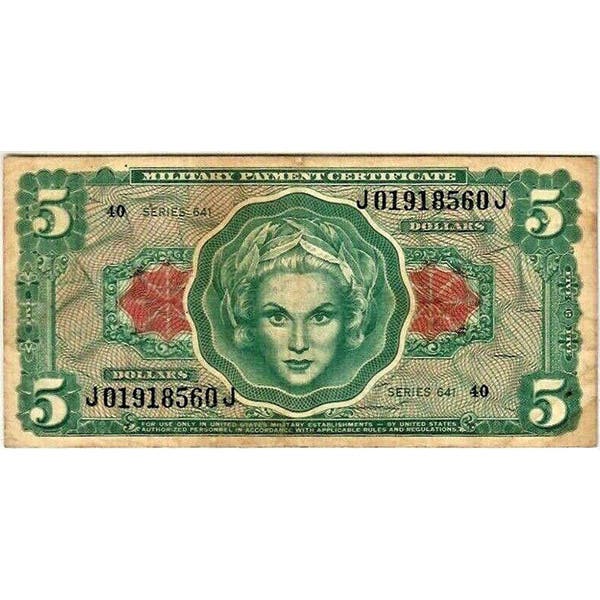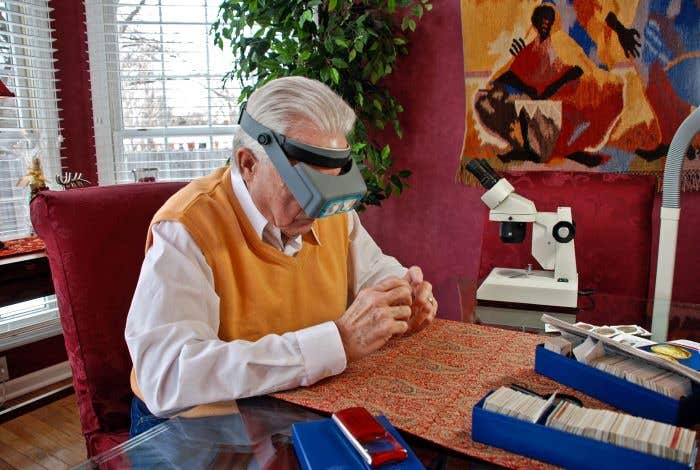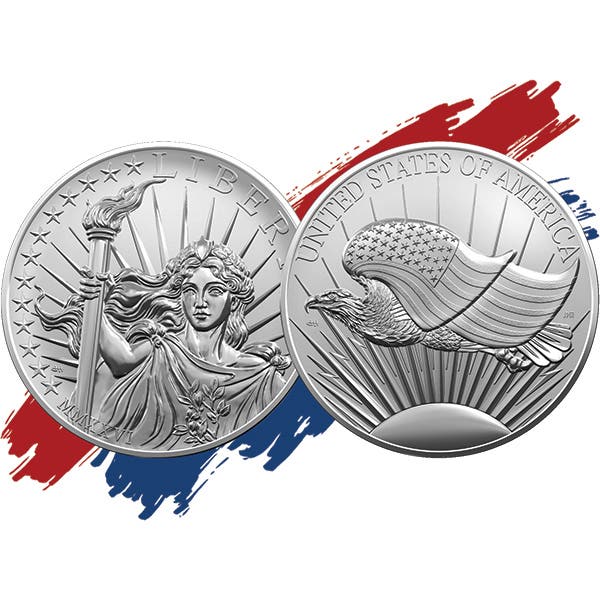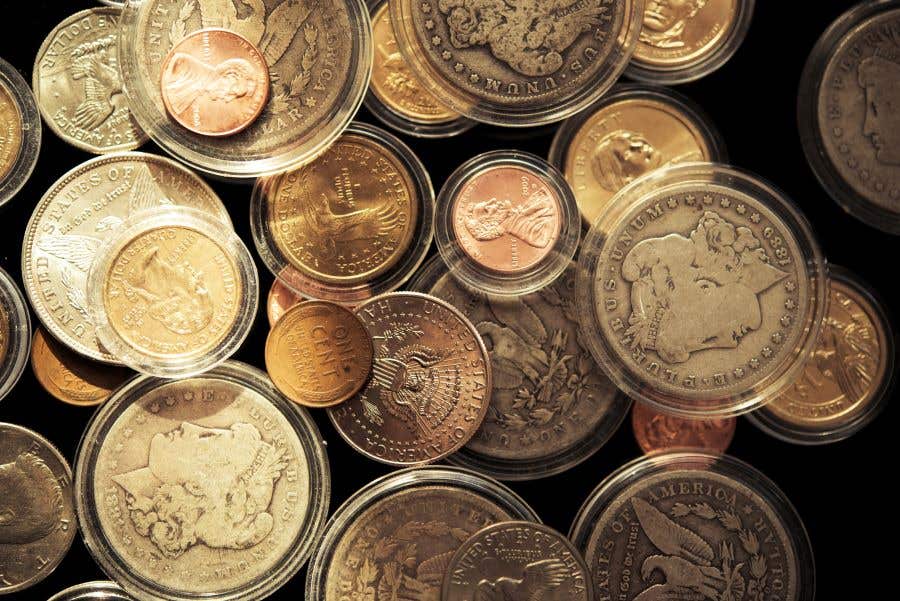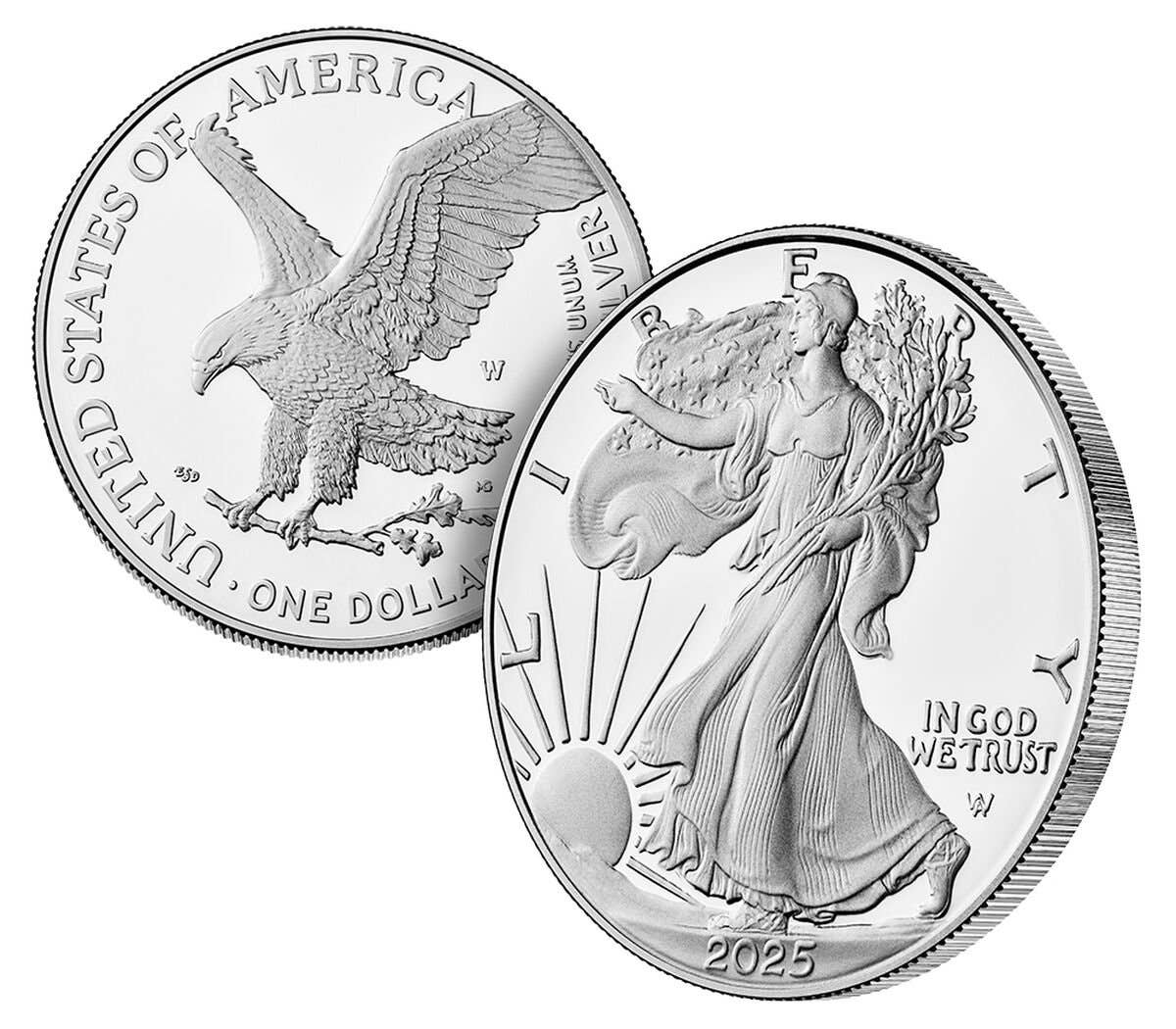CoinClinic: Manufacturer Errors Have Modest Value
In COD We Trust”? Nope, not a new Mint variety—just a misunderstood quarter (and maybe some grease). Here’s what really counts as an error coin + other collector Q&As.
I have seen many people on selling sites selling Washington quarters with an “In COD We Trust” error. Is this a true error or a design change?
There are production errors and die errors. Production errors may involve a foreign object, likely grease, momentarily blocking part of a design element on a single coin. Die errors occur when something is wrong or altered on an individual die. This also results in multiple coins with the same situation. Die errors are more valuable than production error coins. Regardless, do not buy such a coin unless it has been certified by a well-known third-party certification service.
Is it possible the mint used a die on which the word God was misspelled as Cod?
The Numismatic Guaranty Corporation website published well-known coin dealer Jeff Garrett’s article “Fake News and Misinformation in Numismatics.” In the article, Garrett says, “These widespread falsehoods include claims that coins that have minor anomalies, were damaged or altered after being struck, or are even perfectly normal coins are valuable ‘mint errors.’ In the case of American Women quarters, all of them appear to have a G in the motto that, at a cursory view, could be taken for a C.” In other words, buyer beware.
What would it take for coin collectors to accept that there is a new Cod variety quarter?
The U.S. Mint and the major third-party certification services have, to date, failed to identify the existence of any variety of the 2024 Washington quarter. If you own such a coin and suspect it is a variety, send it to one of these services for examination. Should one of these services be willing to identify the coin as a variety, at that point, the new variety would gain general acceptance.
I have a 1990 no-mint Lincoln penny that has no copper coating. The coin condition is immaculate. No magnetic attraction. Do you have any idea if it’s worth anything?
The composition of the U.S. cent was changed to 97.5 percent zinc with 2.5 percent copper plating as a cost-saving measure in 1982. Occasionally, due to blank manufacturing problems, blanks have been produced lacking the copper plating. Zinc is not magnetic. I haven’t seen your cent; however, from your description, it appears this is likely what you have. As a manufacturing error, it likely has a modest value.
I recently checked the Coin Star reject tray at a department store, pulling out a handful of coins. There were seven dimes smaller in diameter by at least 1.5 to 2 millimeters than a normal dime, with extra-high rims. Could this be from a die defect or made by a private manufacturer? Is there a premium on these dimes?
A reduced diameter dime might have been caused by insufficient pressure applied to the planchet at the moment of striking, in which case the coin should also be slightly thicker. The extra high rims you describe suggest this is the problem. A coin dealer familiar with mint errors needs to see the coins to determine if these coins could command a premium value.
Can you explain the difference between the 1939 nickel Reverse of 1938 and the Reverse of 1940?
The reverse die was modified in 1939. Variety 1 or Reverse of 1938 nickels have wavy and ill-defined steps on Monticello, while Variety 2 or Reverse of 1940 coins have sharp, well-defined steps. The Variety 2 proofs are of particularly higher value.
You may also like:




